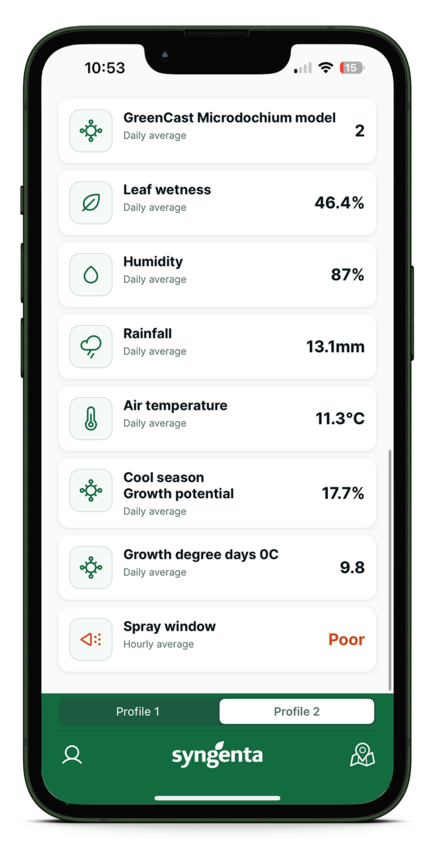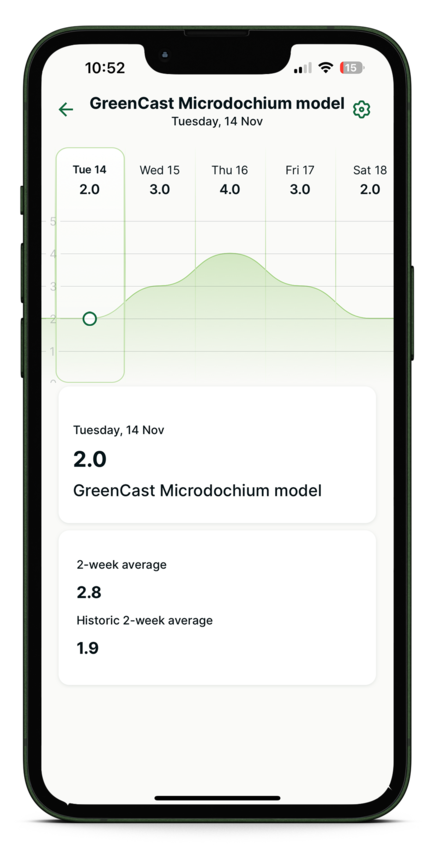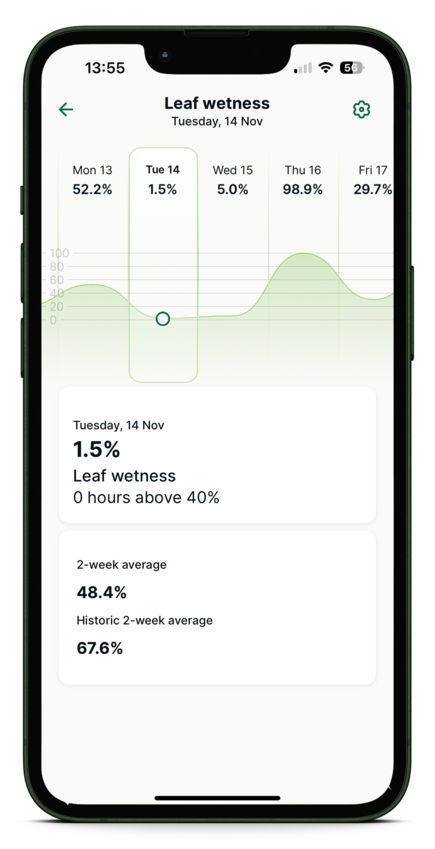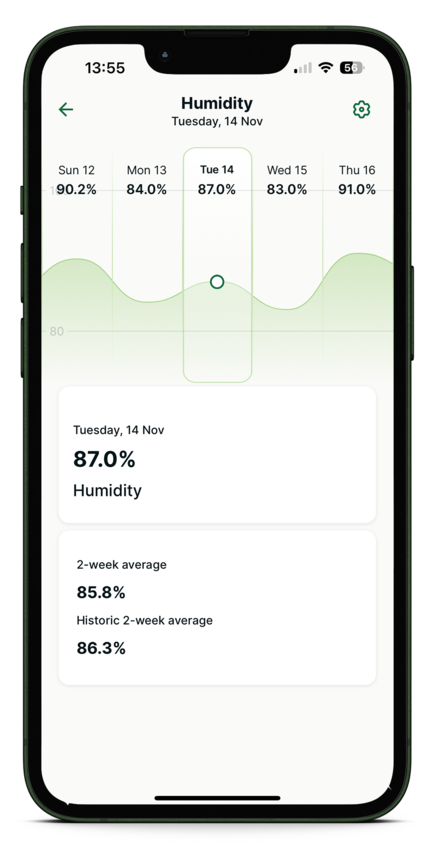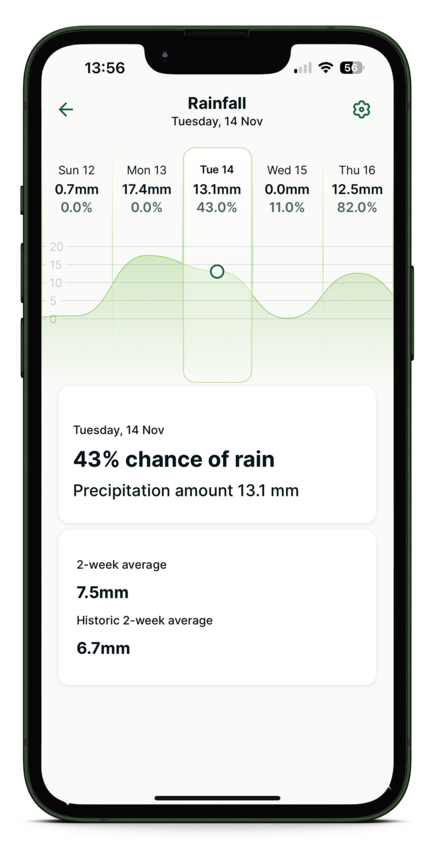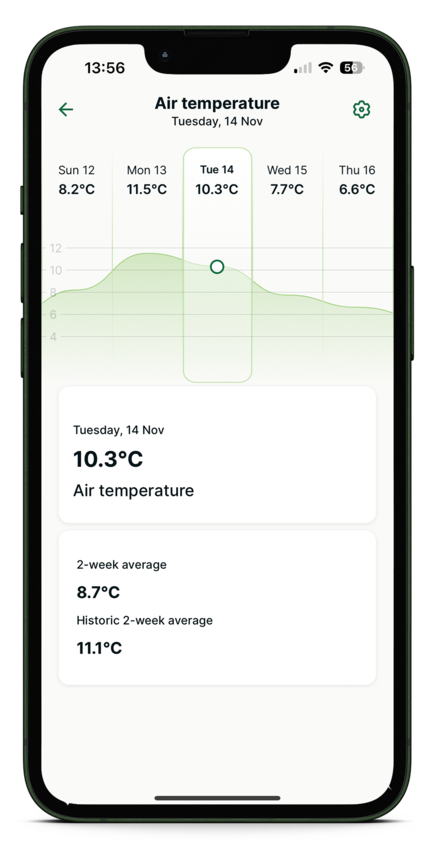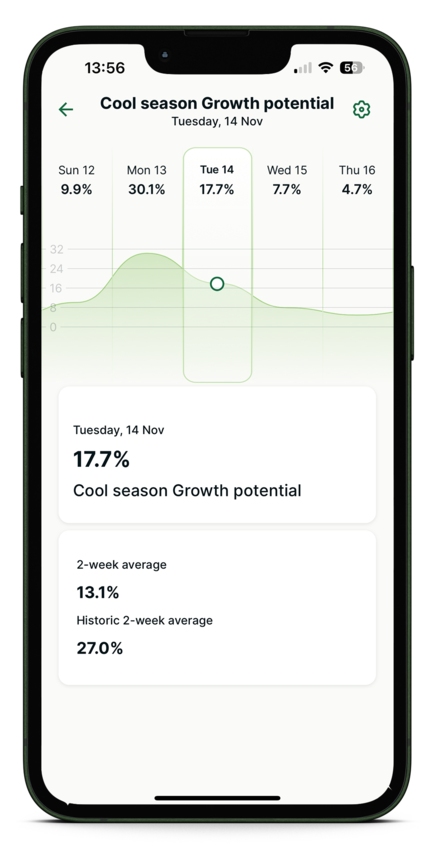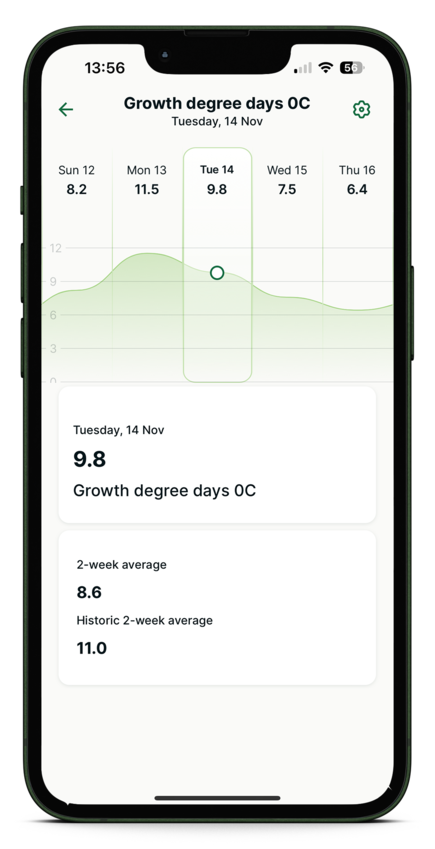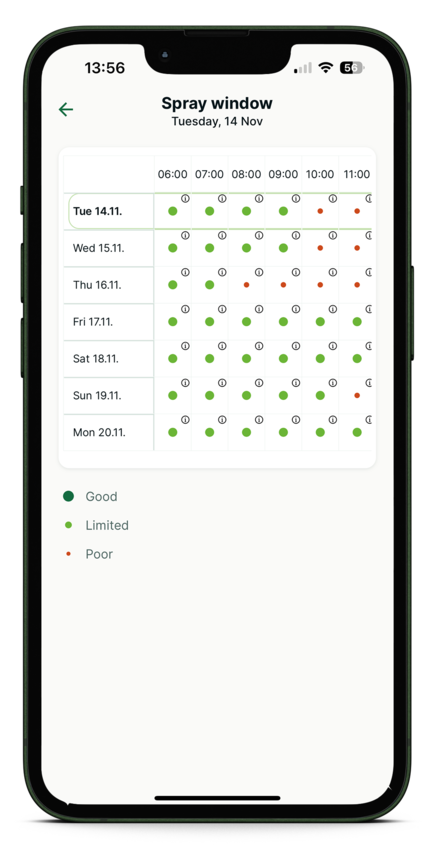Microdochium patch (Microdochium nivale) remains the main threat to turf quality in the UK – resulting in widespread loss of surface quality.
Outbreaks can occur at any time, but are most common, and typically more severe, during the autumn and winter, whenever the weather is relatively mild and moist, particularly where leaves remain wet for a prolonged period of time.
Syngenta Turf Advisor gives an early warning of local conditions where infection may have occurred, or likely to hit over coming days – in time to support your decisions and take preventative action.
Find out more about Turf Advisor, or download from the links below
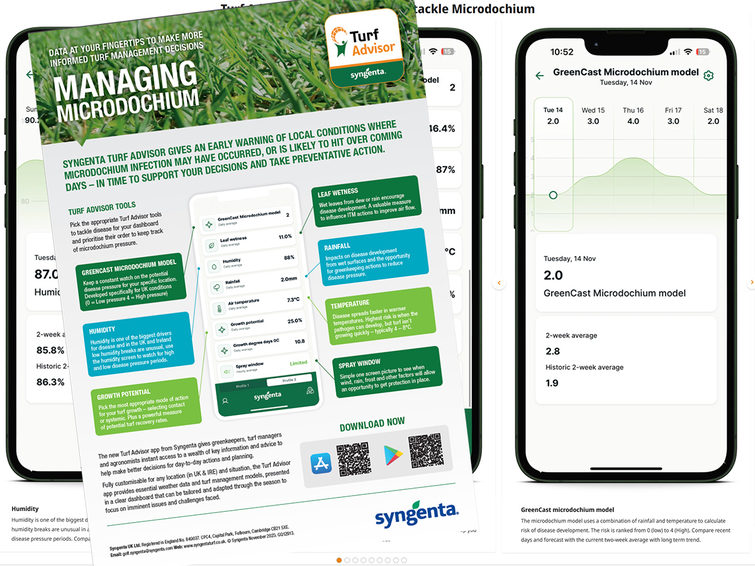
Download a dashboard cheat sheet
Download a copy of the Turf Advisor microdochium management cheat sheet for reference and share it with the team and other turf managers
Integrated Turf Management practices to reduce microdochium pressure
Dry leaf surfaces
Reduce shade & improve air flow
Remove thatch
Reduce Poa annua content
Proactive fungicide applications
Find out more on microdochium patch ITM and control options here.

Download for Apple from the App store


